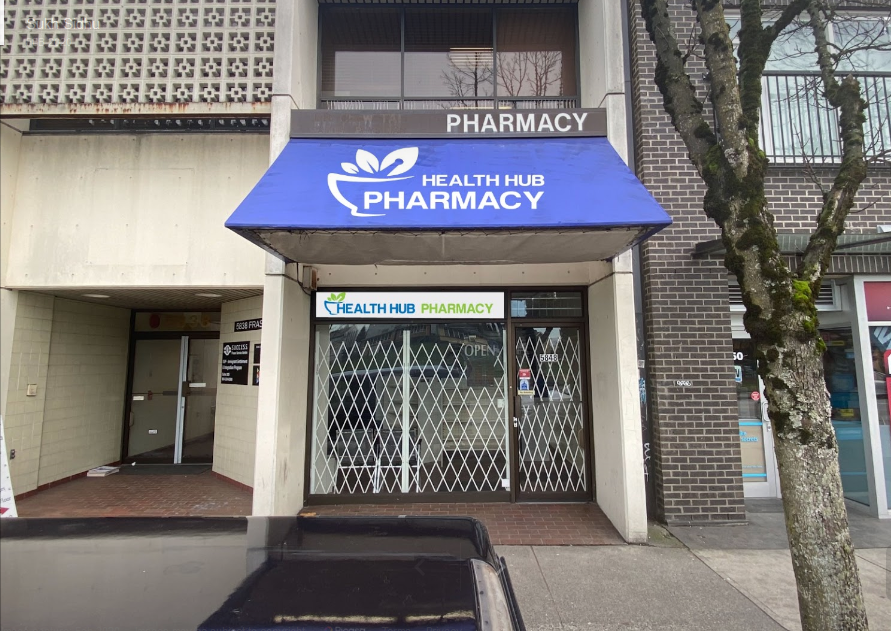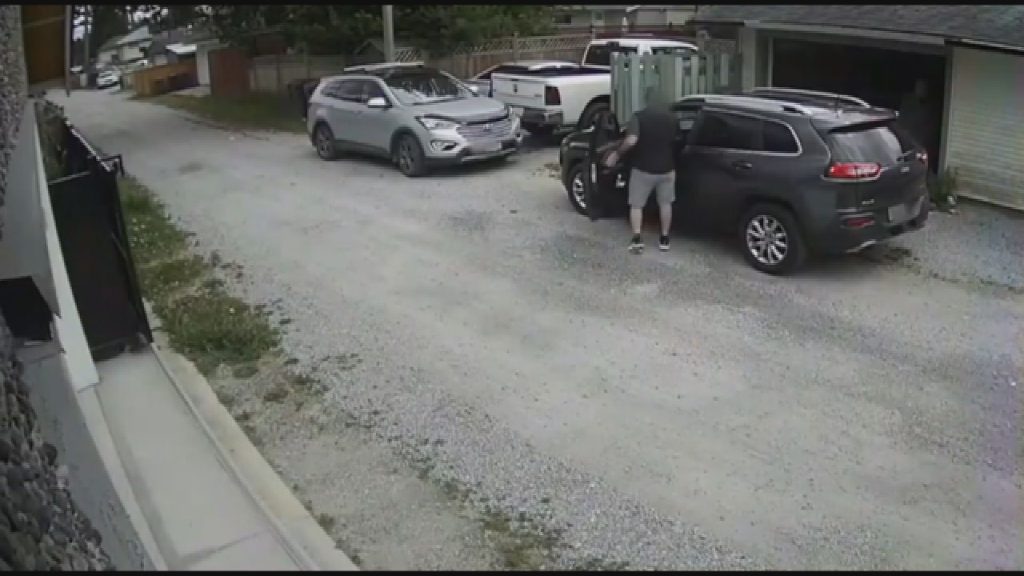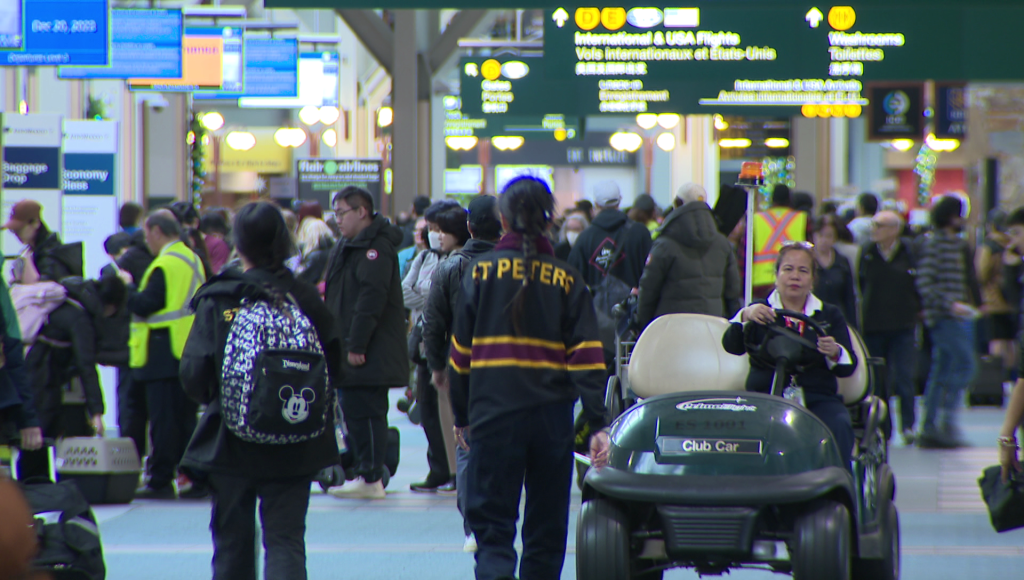B.C.’s rising price of diesel impacting price of goods: analyst
Posted September 15, 2023 7:33 am.
Last Updated September 15, 2023 7:34 am.
While many drivers grumble about gas prices hovering around the $2 mark in Metro Vancouver, the price of diesel has been running up even more, and there are worries about the ripple effect on groceries, clothing, and anything else that is shipped to stores.
Diesel is the fuel that’s used to move our goods, and the North American price has risen 40 per cent since May.
“We’ve seen broad recovery in diesel demand,” Patrick De Haan, head of petroleum analysis at GasBuddy.com, told CityNews. “We’ve seen a pretty big jump here, just since the summer. The average price of diesel in B.C. in July was about $1.75 per litre and now we are up to about $2.07.”
As of Friday morning, diesel was in the mid $2.20s in Metro Vancouver and De Haan expects little relief ahead as demand for heating oil — much the same product — also increases and the price of crude oil continues to rise.
“And there may be more pressure, especially with some refineries now getting into maintenance,” he said. “Seasonal maintenance will probably eat into how much diesel is being produced and further drive prices up.”
Related Articles:
-
Gas prices could spike after crude hits high
-
Metro Vancouver gas prices jump past $2/L again
-
Metro Vancouver gas prices rise to highest level in months
De Haan predicts diesel could continue climbing another 10 to 20 cents per litre by the end of the year.
“There’s a lot of wildcards, though, down the road. Things like OPEC production cuts, the price of oil, the broader economy. For gasoline, though, we could see prices falling in the fall. Diesel and gasoline have kind of the opposite for their prime season — gas in the summer and diesel in the winter because of heating oil consumption — so, I’m a little bit worried diesel will continue to see upward pressure in the months ahead.”
De Haan points out that higher diesel prices are almost always felt by consumers.
“Most goods that are moving into homes, what you’re buying at stores, is shipped at one point by diesel or jet fuel, which is very similar to diesel. Jet fuel prices are up, diesel prices are up and that’s likely to contribute to more inflation,” he said.
“We are starting to see energy prices go up and that’s potentially going to contribute to the rising price of what you’re paying for goods, whether it’s groceries, at the hardware store, et cetera.”
However, many households could get a break fueling their own vehicles.
De Haan predicts the price of a litre of gasoline could drop anywhere from 15-to-25 cents by the end of the year.
“That’s pretty optimistic. A lot of things would have to go right and, so far, OPEC has continued to tighten production, led by Saudi Arabia and Russia. Whether we see that full 15-to-25 cents a litre is up in the air, but we do tend to see falling prices in the fall because of demand for gasoline decreasing.”








